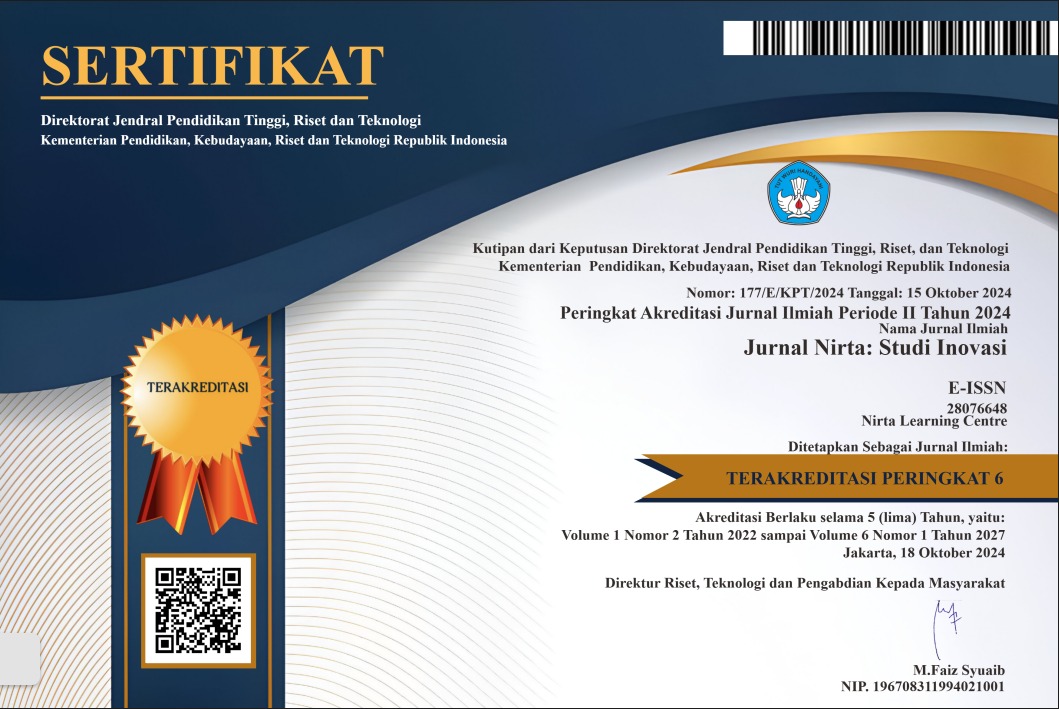Perbandingan Efektivitas Latihan Kekuatan Tradisional vs. Modern dalam Meningkatkan Kinerja Atlet Voli
Keywords:
Traditional strength training, Modern strength training, Volleyball athlete performance, Plyometrics, Latihan kekuatan tradisional, Latihan kekuatan modern, Kinerja atlet voliAbstract
Abstract. This study compares the effectiveness of two strength training methods, namely traditional and modern, in improving the performance of volleyball athletes. Traditional strength training focuses on strengthening large muscles through the use of heavy equipment such as barbells and dumbbells, while modern strength training is more dynamic, integrating plyometrics, functional exercises, and the use of technology to enhance agility and explosiveness. This study uses a quasi-experimental method with two groups of athletes undergoing an eight-week training program. Research results show that modern strength training is more effective in improving agility, explosiveness, and coordination compared to traditional training. These findings indicate the importance of a comprehensive approach by combining traditional and modern methods to optimize volleyball athletes' performance.
Abstrak. Penelitian ini membandingkan efektivitas dua metode latihan kekuatan, yaitu tradisional dan modern, dalam meningkatkan kinerja atlet voli. Latihan kekuatan tradisional fokus pada penguatan otot-otot besar melalui penggunaan alat berat seperti barbell dan dumbbell, sementara latihan kekuatan modern lebih dinamis, mengintegrasikan plyometrics, latihan fungsional, serta penggunaan teknologi untuk meningkatkan kelincahan dan daya ledak. Studi ini menggunakan metode kuasi-eksperimen dengan dua kelompok atlet yang menjalani program latihan selama delapan minggu. Hasil penelitian menunjukkan bahwa latihan kekuatan modern lebih efektif dalam meningkatkan kelincahan, daya ledak, dan koordinasi dibandingkan dengan latihan tradisional. Temuan ini mengindikasikan pentingnya pendekatan yang komprehensif dengan menggabungkan metode tradisional dan modern untuk mengoptimalkan kinerja atlet voli.
References
[1] Anderson, D., Jones, R., & Williams, M. (2017). Traditional Strength Training for Athletes. Journal of Sports Science, 35(3), 45-58.
[2] Behm, D. G., Young, J. D., Whitten, J. H. D., Reid, J. C., Quigley, P. J., Low, J., Li, Y., & Chaouachi, (2020). Effectiveness of traditional strength vs. power training on muscle strength, power, and speed with different load-velocity profiles: A systematic review and meta-analysis. Sports Medicine, 50(5), 1257-1282.
[3] Bompa, T. O. (2015). Periodization Training for Sports. Human Kinetics.
[4] Chu, D. A., & Myer, G. D. (2018). Plyometrics for Athletes. NSCA Journal of Strength and Conditioning, 32(2), 60-65.
[5] Garcia-Pallares, J., & Izquierdo, M. (2011). Strength and Power Training Effects on Muscle Adaptations in Athletes. Sports Medicine, 41(3), 215-232.
[6] Kraemer, W. J., et al. (2009). Effects of Plyometric Training on Performance. Journal of Strength and Conditioning Research, 23(1), 109-115.
[7] Newton, R. U., et al. (2006). Effects of Strength Training on Power Development in Volleyball Athletes. Journal of Applied Physiology, 99(2), 308-314.
[8] Smith, M., et al. (2020). Tracking Performance in Modern Strength Training Programs. International Journal of Sports Science, 45(5), 121-134.
[9] Stojanovic, E., et al. (2012). Physical Preparation in Volleyball. Journal of Sports Medicine, 46(3), 312-320.
[10] Wilmore, J. H., & Costill, D. L. (2004). Physiology of Sport and Exercise. Human Kinetics.














